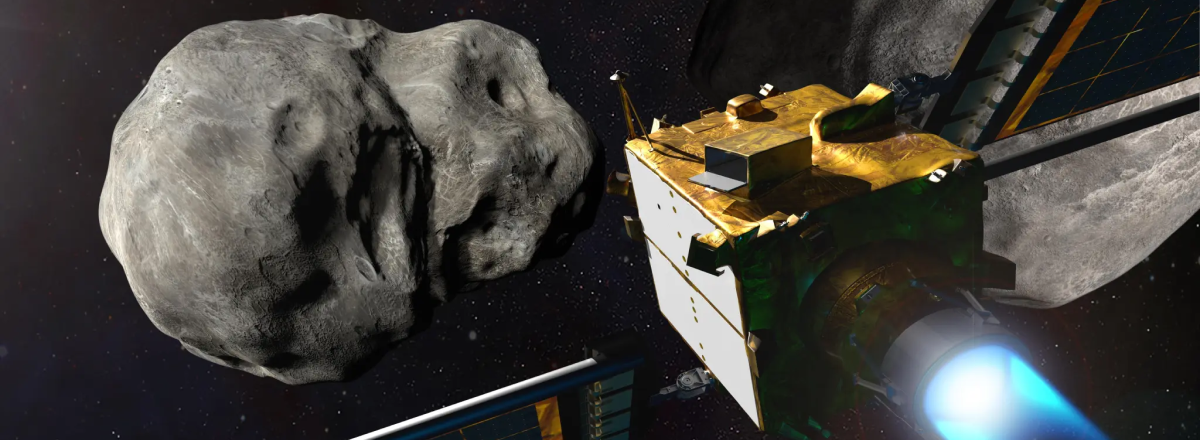NASA's Asteroid Test Could Lead to Future Collisions with Mars
The DART mission, originally intended to alter the orbit of the asteroid Dimorphos as a test for planetary defense, successfully modified its trajectory but also dislodged several large boulders.

In a surprising turn of events following NASA's 2022 Double Asteroid Redirection Test (DART) mission, new research suggests that the debris created from the collision could potentially impact Mars. The DART mission, originally intended to alter the orbit of the asteroid Dimorphos as a test for planetary defense, successfully modified its trajectory but also dislodged several large boulders.
These boulders, varying in size, were ejected with enough velocity to escape the asteroid's immediate vicinity and have since been on a path that might intersect with Mars. According to recent studies, within the next 20,000 years, Mars could experience at least two impacts from these fragments, which are not expected to disintegrate in Mars's thinner atmosphere but could potentially create craters on its surface.
The initial mission was hailed as a success for demonstrating the feasibility of asteroid deflection. However, the unforeseen consequence of debris with potential Martian impacts highlights the complexities of space missions and their long-term implications on space traffic management and planetary safety.
While these findings do not pose an immediate threat to Earth, they serve as a crucial reminder of the need for meticulous planning and consideration of potential outcomes in future space missions, particularly those involving kinetic impacts on celestial bodies.

